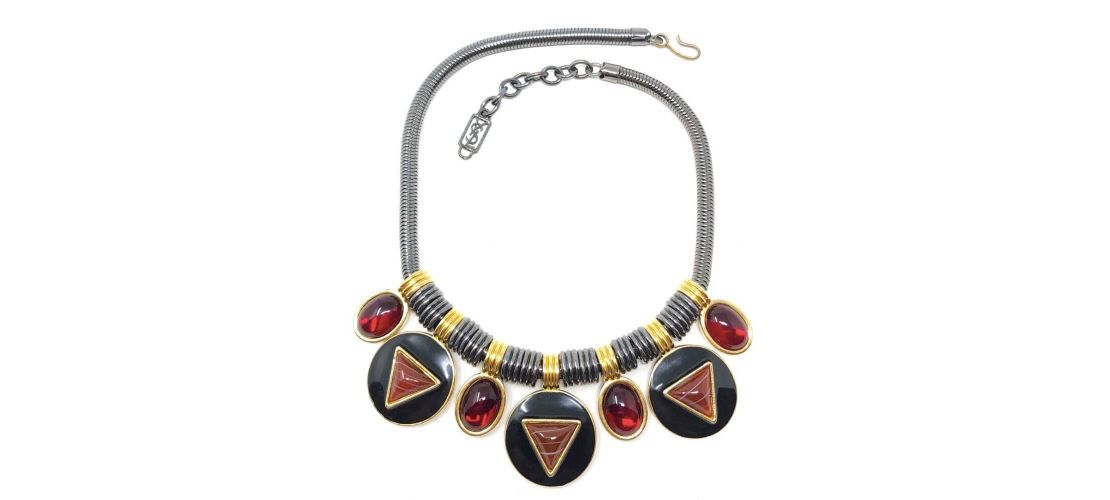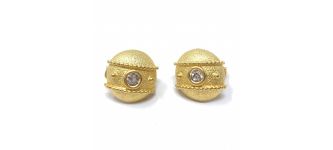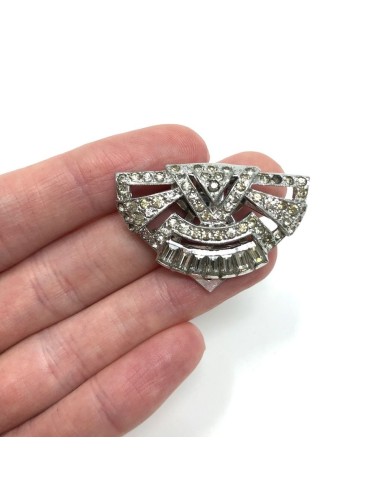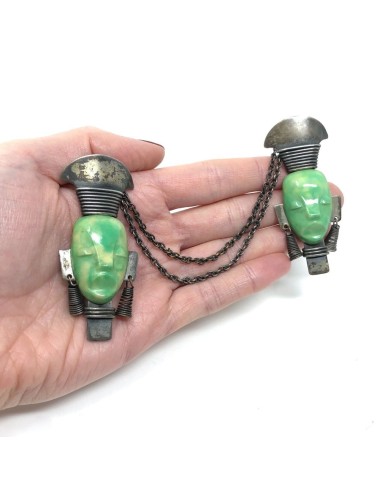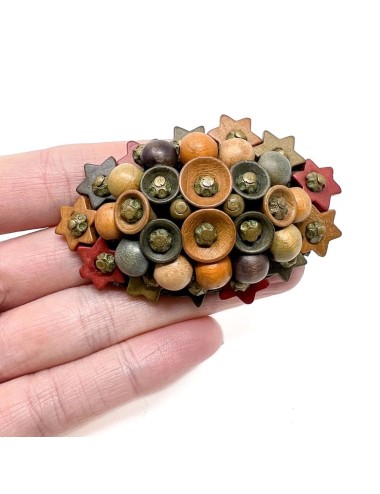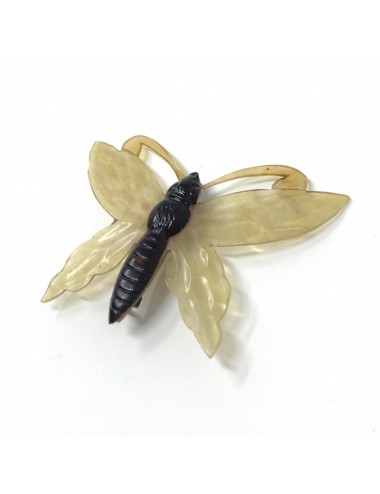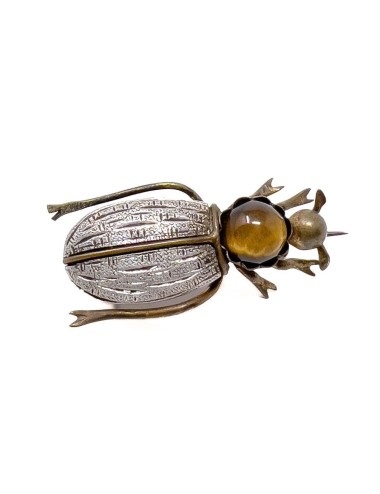The Details...
This brooch is constructed from silver. It features an Austro-Hungarian inspired design and is detailed with flowers. The brooch features a large, oval, garnet cabochon and four oval, turquoise cabochons. At the centre of each flower are small seed pearls. The brooch fastens with a traditional safety catch and the fastening pin is attached to the brooch with a round hinge. The brooch is stamped 'ZW&CO MADE IN ENGLAND SILVER'. The brooch measures 4.5cm x 3cm.
To view a clip of this brooch, click here: Zoltan White Brooch
A Short History...
Zoltan White was born and trained in Budapest. This explains the Austro-Hungarian influence upon his jewellery designs. His company was, however, based in Birmingham in the UK and produced pieces from c.1910 through to c.1950.
Wear it With...
Brooches are an exceptionally simple way to add instant vintage styling to any look and interest to plain materials. Pin this piece onto a hat, lapel, collar, cuff, scarf, sleeve, waistline or bag - wear alone or with a selection.





